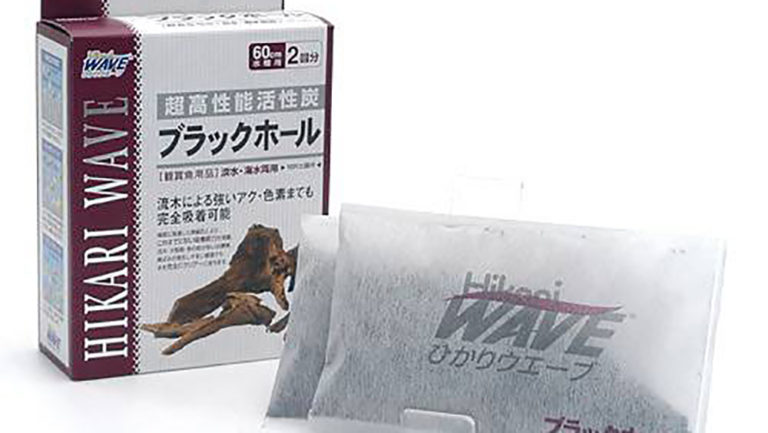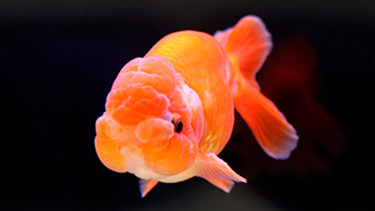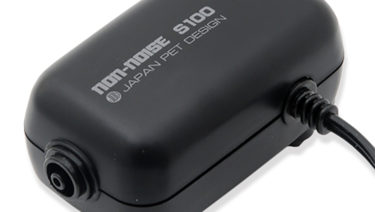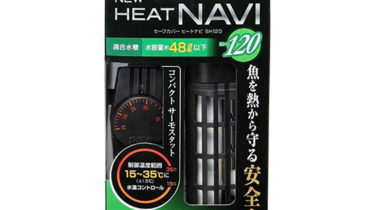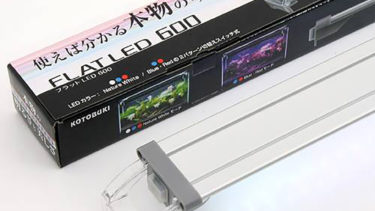Filter media are found inside filters installed in aquariums, etc., and are in their element when converting harmful substances living in water into harmless substances. In this article, we would like to explain the different types of filter media and their characteristics.
Types of filter media
Filter materials are found inside the filters installed in aquariums and other devices, and are used to convert harmful substances living in the water into harmless substances.There are also three main types of filter media.
2, Biological filtering material
3, Chemical filter materials
Each of these three has its own role to play, and knowing the characteristics of each and using them properly will help stabilize water quality.
When goldfish and other fish are kept in a tank or other container, pathogens and sources of contamination gradually begin to grow. In order to reduce this, I would like to explain the filter in this article. The role of filters and filtration equipment 1.
About Physical Filter Materials
Features of Physical Filter Materials

Physical filter media is a type of waste that catches relatively large sized items. For example, it will be visible objects such as goldfish feces and food debris.Compared to biological filter media, physical filter media do not differ greatly from one product to another, so if you are in doubt, just buy the genuine product sold by the marker or other company.
Physical filter materials
sponge

Sponges are characterized by their coarse texture. Because of its coarse texture, it is often placed on the filter media and used in the role of being the first one to be installed to remove larger debris.
wool mat
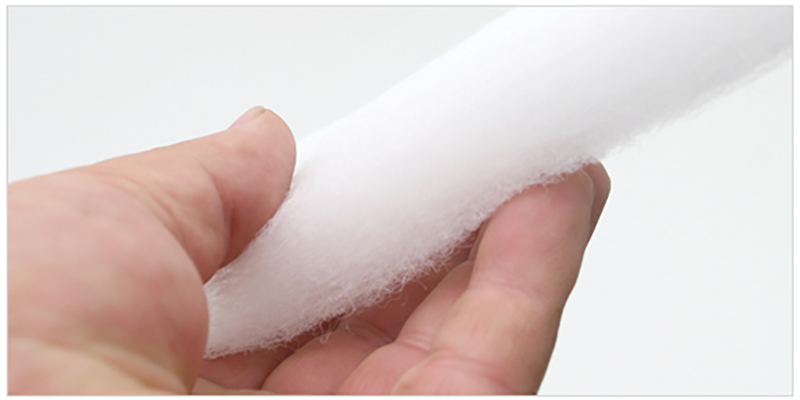
Wool mats have a finer grain than sponge mats. Because of its finer grain, it should be installed so that it comes after the sponge as a position for installation. In general, most of the physical filter media sold as filter media for aquariums use wool mats, so if you are in doubt, we recommend that you give priority to using wool mats.
About biological filter media
Features of biological filter media

Biological filter media render harmful substances such as ammonia and nitrite (ashyosanitis) harmless.Unlike physical filter media, biological filter media removes substances that are invisible but degrade water quality.
Biological filter materials
ceramic
Ceramic filter media is the most commonly used filter media material because of its durability and ease of handling. In addition, ceramic filter media can be used for a long time with less frequent replacement, which leads to stable water quality since changes in bacteria can be minimized. However, it should be noted that some products may break down quickly due to differences in the manufacturing process.
glass
Glass filter media have less influence on water quality than others. However, they are less durable than their ceramic counterparts.
sponge
Sponge filter media are mainly used in cube form and are more similar to physical filter media than biological filter media. However, although they are less fertile than biological filter media, they are recommended for those who want both physical and biological filter media.
Shape of biological filter media
ring (shaped)

Ring-shaped filter media will be the most common shape.As it is called a ring, it has a hole in the middle, which reduces clogging even if larger debris, etc., invade.The holes also increase the surface area of the filter media itself, providing a greater number of habitats for bacteria and other organisms.
ball-shaped
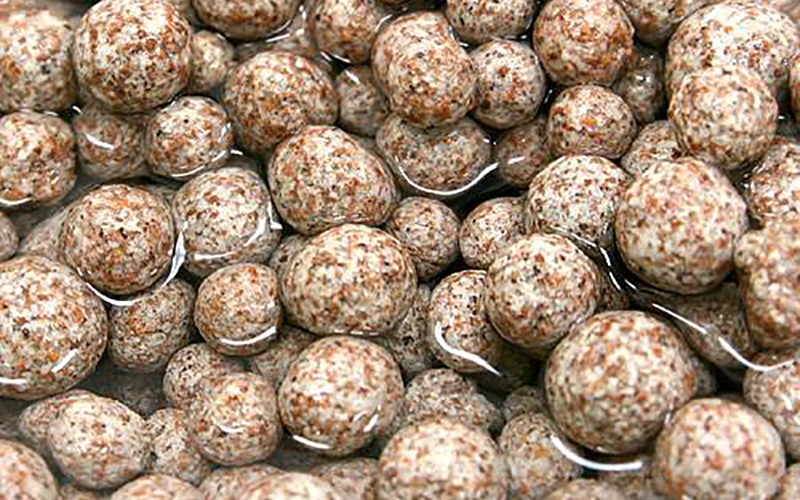
Ball-shaped filter media, which are often displayed next to ring-shaped filter media, have more opportunities for clogging than ring-shaped filter media.It may require frequent maintenance as dust often accumulates in the spaces between the grains. However, it is less expensive than ring-shaped filter media, etc.and is often used for aquariums that are difficult to keep clean.
cube-shaped

Cube-shaped filter media are often made of sponge material and often act more like physical filter media than biological filter media. Therefore,It is mostly used to facilitate the transition to biological filter media while removing debris.If a firm physical filter media can be incorporated and you want to specialize in biological filter media, it is better to use the above link or ball-shaped filter media.
About Chemical Filter Materials
Features of chemical filter media
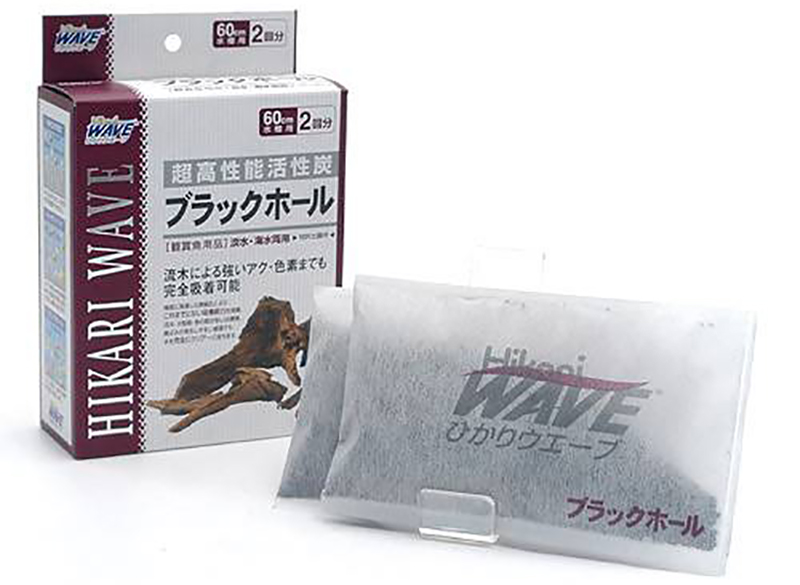
Chemical filter media removes bad odors from the aquarium (e.g., mold smells) and scum from the use of driftwood and other materials.However, the effects of using chemical filter media are quite similar to those of biological filter media, so they are mainly effective when used in the early stages when the water quality is not stable, such as when starting up an aquarium (when the first period of time has not passed).
Chemical filter materials
activated charcoal
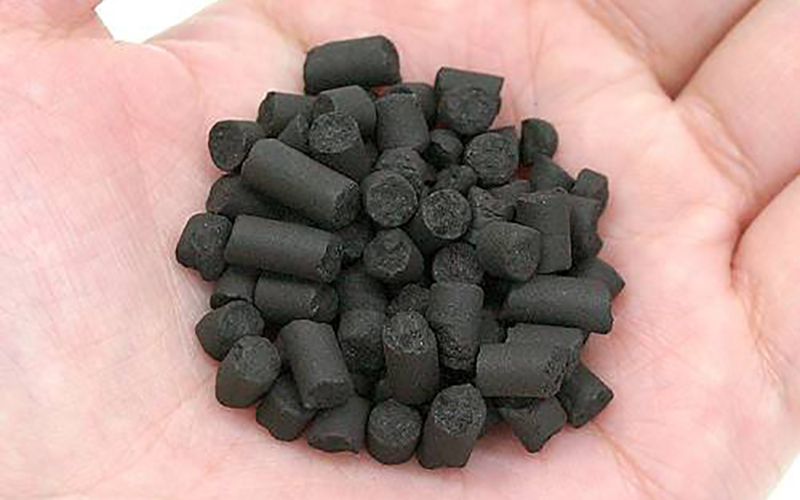
Activated carbon filter media are,It is especially effective for scum from driftwood and other sources, and yellowing of water.Activated carbon is not very good at dealing with substances such as ammonia and nitrite, so it comes into its own when the water quality has stabilized rather than in the early stages of starting up the aquarium.
zeolite

Zeolite will be an ore also known as boiling stone. Zeolite filtering materials can be used in the aboveThe difference from activated charcoal is that it has the characteristic of adsorbing ammonia very well. If you are concerned about ammonia, we recommend zeolite. Another feature of zeolite is that it can lower the pH (pH) and change the water quality from alkaline to slightly acidic.If a large amount of ammonia is produced, the water quality will become increasingly alkaline; zeolites are recommended for those who are concerned about pH and want to lower the pH.

